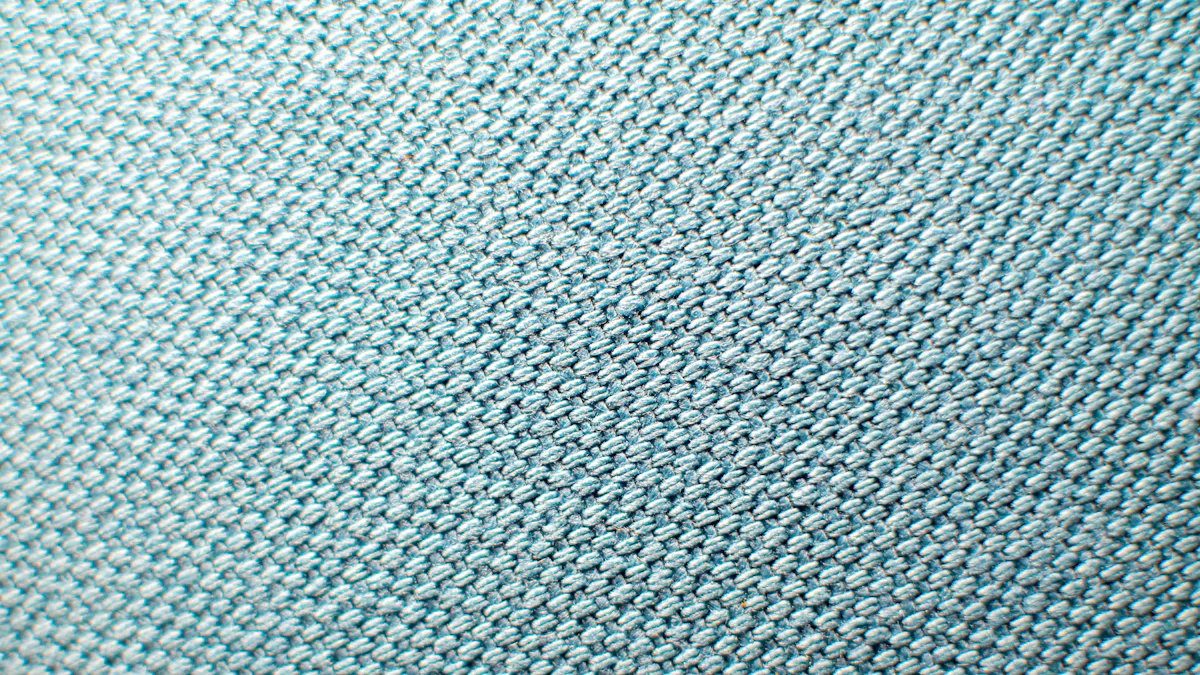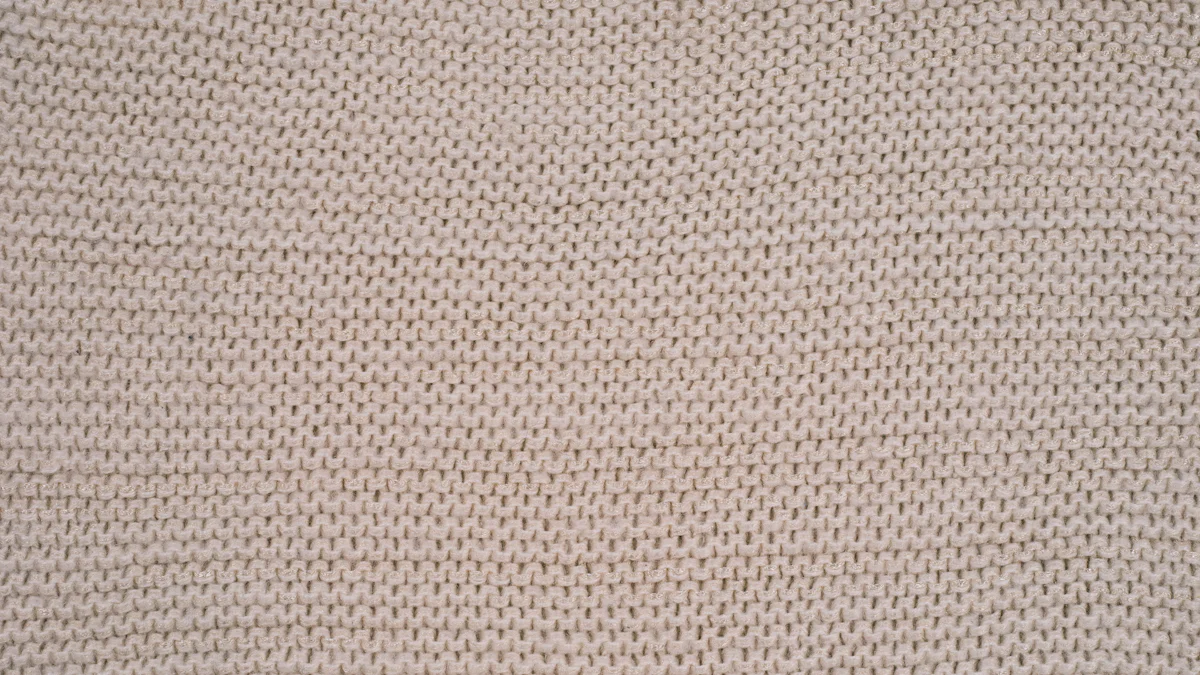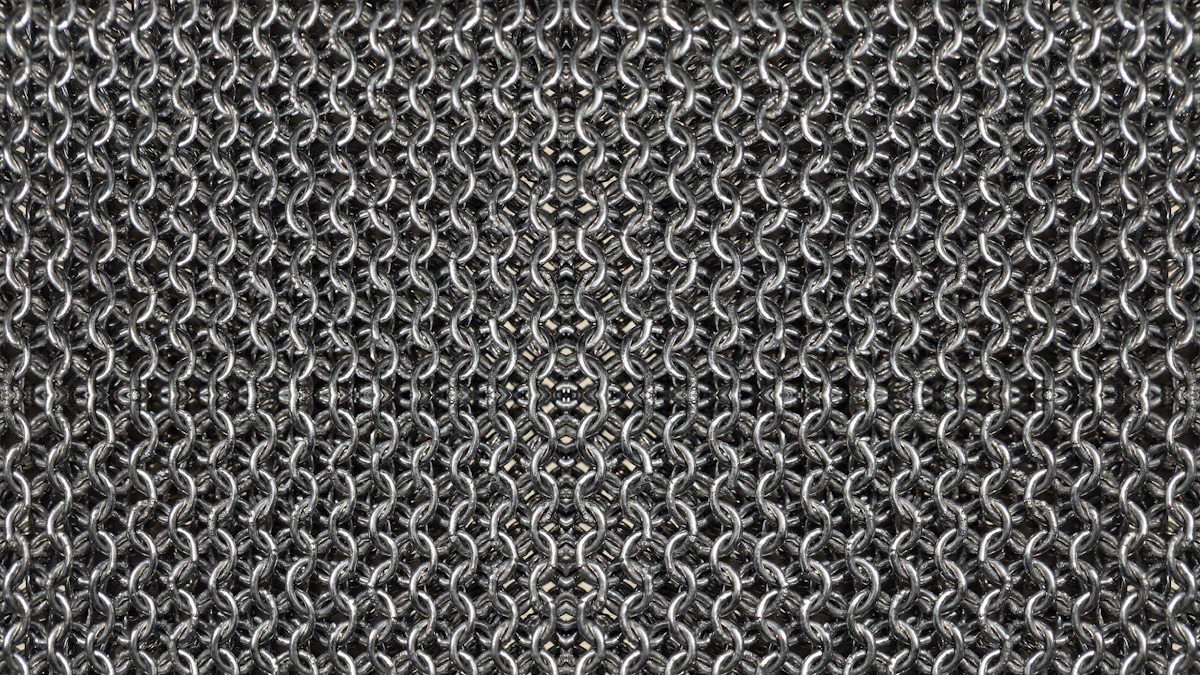
Have you ever worked with pique fabric? It’s one of my favorites because of its unique texture and durability. This fabric feels breathable and comfortable, making it perfect for all-day wear. Plus, it’s eco-friendly since it’s often made from organic cotton. Whether you’re designing activewear or casual pieces, mastering the right techniques can make all the difference. I’ve learned that using tools like stretch needles and polyester thread helps prevent damage while sewing. If you’re curious about pique fabric, check out this resource for more inspiration.
Key Takeaways
- Always pre-wash pique fabric to prevent shrinkage. Use a gentle cycle with cold water and air dry to maintain its shape.
- Choose the right tools for cutting and sewing. Use sharp scissors, ballpoint needles, and polyester thread to avoid snags and ensure smooth stitching.
- Follow proper care guidelines. Wash with cool water, avoid harsh detergents, and air dry to keep pique fabric looking fresh and vibrant.
Understanding Pique Fabric

What Is Pique Fabric?
Pique fabric has a fascinating history. It originated in 18th-century France as a weaving technique for decorative quilts. Back then, it was mostly used for white fabrics. By the early 20th century, it became a favorite for sportswear, especially tennis and golf outfits. Ren Lacoste even made the pique polo shirt famous in the 1920s. Today, it’s everywhere—from casual wear to high-end fashion.
The fabric itself is made using a dobby loom or warp knitting. It often features a honeycomb or waffle-like texture. Cotton is the primary material, but blends with polyester or spandex are also common. This combination gives it softness, durability, and a bit of stretch.
Key Characteristics of Pique Fabric
What makes pique fabric stand out? Let me break it down for you:
| Characteristic | Description |
|---|---|
| Texture and Appearance | It has a grainy texture with ribbing or geometric patterns. |
| Breathability and Comfort | The rough texture creates air pockets, making it perfect for warm weather. |
| Durability and Strength | Its unique weave resists wear and tear, even after repeated washing. |
| Moisture-Wicking Ability | It pulls moisture away from the skin, keeping you dry during activities. |
These features make it a go-to choice for both style and practicality.
Popular Uses in Fashion and Apparel
Pique fabric is incredibly versatile. You’ll find it in:
- Polo shirts (a classic choice).
- Dress shirts and blouses.
- Sportswear like tennis and golf outfits.
- Towels and bathrobes for their absorbency.
- Baby products like rompers and dresses.
I’ve even seen it used in skirts and casual dresses. Its texture and durability make it a favorite for so many designs.
Handling Pique Fabric
Pre-Washing to Prevent Shrinkage
Before I start any project with pique fabric, I always pre-wash it. Trust me, this step is a lifesaver! Pique fabric, especially when made from cotton, tends to shrink after the first wash. I toss it in the washing machine on a gentle cycle with cold water. Then, I let it air dry or use a low-heat setting in the dryer. This way, I know the fabric won’t shrink after I’ve already sewn it into a garment. It’s a simple step, but it saves so much frustration later.
Tools and Materials for Cutting Pique Fabric
Cutting pique fabric can be tricky because of its textured surface. I’ve found that using sharp fabric scissors or a rotary cutter works best. A rotary cutter gives me clean, precise edges, which is super helpful for this type of fabric. I also use pattern weights instead of pins to hold my fabric in place. Pins can leave marks or distort the weave. For marking, I stick to tailor’s chalk or a washable fabric pen. These tools make the cutting process smooth and stress-free.
Best Practices for Cutting and Preparing
When I’m preparing pique fabric for sewing, I follow a few golden rules. First, I always choose a ballpoint or stretch needle. These needles glide through the fabric without causing snags. I pair this with polyester thread that has a bit of stretch to prevent breakage. Before I start sewing, I adjust my machine’s tension to avoid puckering. If the fabric feels too stretchy, I use fusible knit interfacing as a stabilizer. Practicing on fabric scraps helps me fine-tune my settings. Lastly, I finish the seams with a zigzag or overlock stitch to prevent fraying. Taking these steps ensures my projects look polished and professional.
Sewing Pique Fabric

Choosing the Right Needle and Thread
When I sew with pique fabric, I always start by picking the right needle and thread. This fabric has a textured weave, so using the wrong tools can cause snags or uneven stitches. I’ve found that ballpoint or stretch needles work best. They glide through the fabric without damaging the fibers. For thread, I stick to polyester with a bit of stretch. It handles the fabric’s movement well and doesn’t break easily. These small choices make a big difference in how the final garment turns out.
Adjusting Stitch Length and Tension
Getting the stitch length and tension just right is key when working with pique fabric. If the tension is too tight, the fabric puckers. Too loose, and the stitches look messy. I usually test a few settings on a scrap piece of fabric before starting my project. Adjusting the tension until the stitches lay flat is my go-to method. For stitch length, I prefer a medium setting. It keeps the fabric stable while still allowing for some stretch. Taking the time to fine-tune these settings saves me from headaches later.
Tips for Managing Stretch and Preventing Fraying
Pique fabric can stretch and fray if you’re not careful. To manage this, I use a few tricks. Overedge or coverstitch seams work wonders for keeping the fabric elastic. If I’m using a serger, I adjust the differential feed to avoid wavy seams. When I don’t have a serger, I rely on a zigzag or lightning stitch. Both give a durable finish and prevent fraying. For extra stability, I sometimes add fusible knit interfacing. It reinforces the fabric without making it stiff. These techniques help me create garments that look polished and last longer.
Caring for Pique Fabric
Washing and Drying Guidelines
Keeping pique fabric looking fresh and lasting longer starts with proper washing and drying. I always check the care label first. It’s like a cheat sheet for knowing exactly how to treat the fabric. For most pique items, I stick to cool or warm water (around 30°C to 40°C) and use the gentle cycle on my washing machine. Harsh detergents or bleach are a no-go since they can ruin the texture and fade the colors.
When it comes to drying, air-drying is my favorite method. I either hang the garments or lay them flat to avoid stretching. If I’m in a hurry and need to use the dryer, I choose a low heat setting. I also make sure to take the clothes out while they’re still slightly damp. This trick helps reduce wrinkles and keeps the fabric looking smooth.
Ironing Without Damaging Texture
Ironing pique fabric can feel tricky because of its textured surface. I’ve learned that using the right technique makes all the difference. I set my iron to a low or medium heat setting and avoid pressing directly on the fabric. Instead, I place a thin cotton cloth over the garment. This protects the texture while still removing wrinkles. For stubborn creases, a little steam works wonders. I hold the iron slightly above the fabric and let the steam do its magic.
Storing Pique Garments to Maintain Shape
Proper storage is key to keeping pique garments in great shape. Before putting them away, I make sure they’re clean and completely dry. This prevents mildew and odors. I fold them neatly and store them in a cool, dry place away from sunlight. Sunlight can fade the colors over time. For long-term storage, I use breathable garment bags or even cotton pillowcases. These keep dust and insects away without trapping moisture. I avoid plastic bags since they can lead to mildew.
Taking these steps ensures my pique fabric pieces stay fresh, vibrant, and ready to wear whenever I need them.
Working with pique fabric can feel intimidating at first, but it’s so rewarding once you get the hang of it. Remember these key tips: always check the care label, wash gently, and air-dry to maintain its texture. For sewing, use the right tools and adjust your machine settings for smooth results.
I love how versatile pique fabric is. It’s perfect for breathable summer clothing like polo shirts and dresses. You can even use it for accessories like belts or hats to add a unique touch to your designs. Don’t be afraid to experiment—this fabric’s texture makes every piece stand out.
Give pique fabric a try in your next project. With these tips, you’ll create stylish, durable garments that you’ll love!
FAQ
How do I prevent puckering when sewing pique fabric?
I always adjust my machine’s tension and use a ballpoint needle. Testing on scraps first helps me find the perfect settings.
Can I use pique fabric for stretchy garments?
Yes! Blended pique fabrics with spandex work great for stretchy designs. I also use stretch stitches or a serger for added flexibility.
What’s the best way to keep pique fabric soft?
I stick to gentle detergents and avoid fabric softeners. Air-drying or using low heat in the dryer keeps the fabric feeling soft and fresh.
Post time: Jan-26-2025
